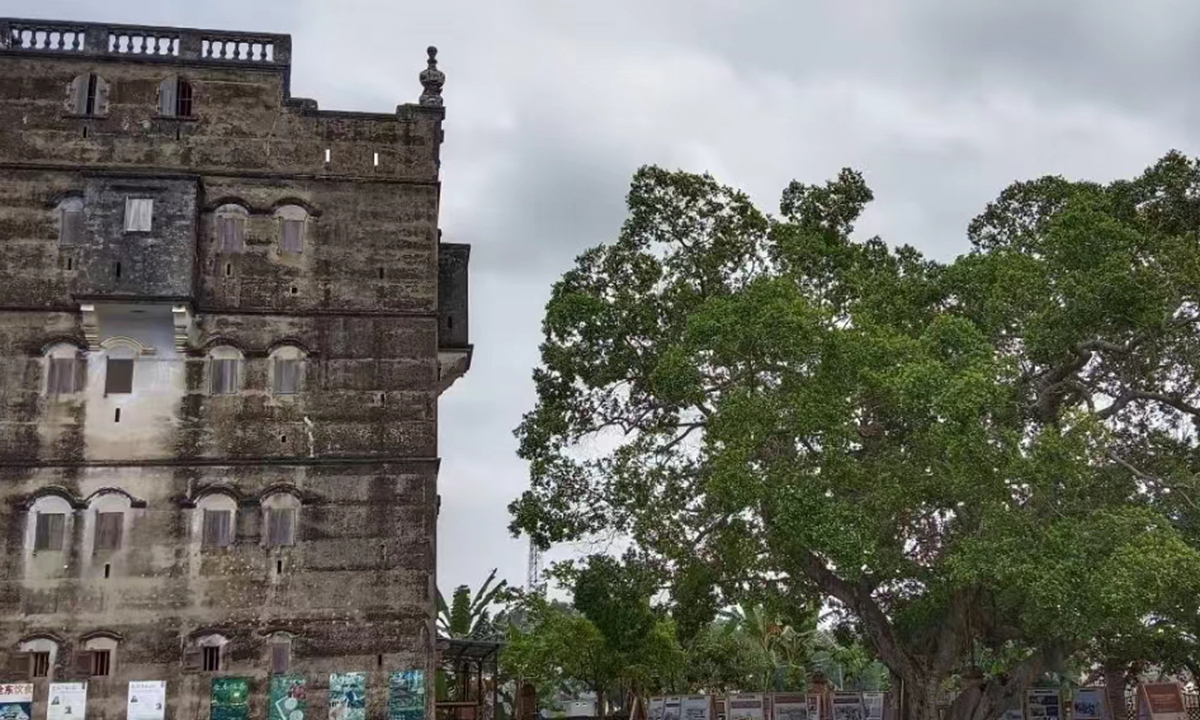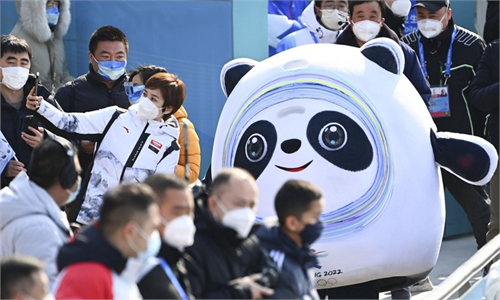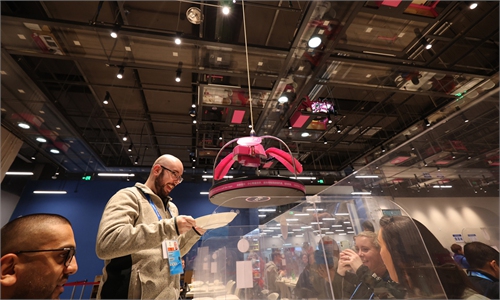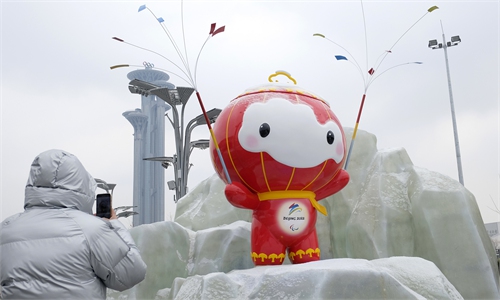
Diaolou & banyan tree at traditional entrance of Cangdong heritage village, Tangkou, Kaiping, Guangdong Photo: May Yee
China still amazes us each time we visit! Starting from 1987, studying Chinese at Beijing University, I thought I'd seen enough phenomenal changes. I later worked as an English-language expert in Beijing, last in 2009 at Foreign Language Press. The surprises do not cease. Growing up since age two in Toronto, Canada, then living in Beijing, and in Sri Lanka with my husband, I had grown more familiar with places other than my ancestral home in Kaiping, Guangdong Province. I was truly overcome by the breathtaking changes when I visited family villages this year.
Famed UNESCO World Heritage sites now, I first glimpsed these distinctive Diaolou towers in 1988 with my parents, who had left three decades earlier. Back then, my father's small village had no electricity or indoor plumbing. Today, new cars park by new multistory houses, beside a new highway. Village elders make us feel ancient - using mo-bikes to travel, and smartphones to pay - more advanced than even North American youth! Here are villagers and their urbanized children, prospering, hopeful, even as the rest of the world is increasingly economically insecure.
We took in the local history, so evocative of the wider world due to centuries of migration from Kaiping and nearby counties to the Americas. I knew something of Chinese Canadian history. My grandfather paid the discriminatory $500 Head Tax in 1917, and we were active in that redress campaign. In Kaiping, we learned about the heritage conservation of Diaolou. We climbed my grandparents' seven-story Diaolou, and took in the amazing views.
During the trip, we were delighted to learn so much from Professor Selia Jinhua Tan and her dedicated Cangdong Heritage Education Center team, working for years restoring the beautiful village, developing local museums and alternative tourism. I realized how Kaiping's impressive "defensive architecture" symbolized the return of overseas Chinese, their fears and dreams, integrating East-West ideas to both show off new wealth and ensure the safety of families having had to remain "back home" - until, Canada and the US repealed discriminatory exclusion laws following World War II.
We've always loved trains, even taking the multiple-night hardsleeper across China. It's the best way to appreciate its vast scenic complexity, and meet everyday people. Now, taking the 8-hour bullet train from Shenzhen to Beijing was so comfortable, even for working on laptops, and with such dazzling scenery - we really didn't want our journey to end! Whizzing through five provinces, we marveled at how beautiful, green and thriving all the countryside is now.
Train rides always inspired me to want to write about China. Yet I always also felt torn about where to start, given its vastness, complexity, and swift changes. Then, there's all the Western oversimplifications (to put it nicely), or increasing plain vitriol and outright falsifications. Many outside China repeat the English media, and fear China is "not safe" (one relative's Canadian friend refused to visit for fear of being "kidnapped"). Yet we recall our wide travels, having never felt safer anywhere else in the world. People, including so many overseas Chinese who've never returned, just need to come and see for themselves and experience the newest China.
All there is to fear is perhaps an unsettling bursting of that huge bubble that surrounds North America, symbolized by their unshakable sense, as wealthiest nations armed to the teeth, they "are the world." The growing Asian population, facing increasingly violence, have to act 'invisible,' while being called "visible minorities." Perhaps only upon returning to Asia, can we truly realize that we are the world's great majority.
Growing up in Toronto we endured childish name-calling - yet it's become all too clear how it's on the world stage that words can do the greatest damage, especially in this new social media age. There's no point repeating those hurtful stereotypes of Chinese people and China. Our recent three-month sojourn in Guangdong and Beijing reinforced a truth we clearly saw and experienced, how China is one place without worry of theft or harm. It's so advanced, it puts highly "developed" North America to shame - infrastructure so organized it never feels overcrowded or slow (any lineups for trains etc. move quickly, with high-tech booking and entry).
Everywhere we went, rural or urban, people are so friendly - yet also different! Of course, it's not "perfect" - but such an organized society making best use of the newest technology also seems to bring out the best in people.
Despite all this, we also must endure the powerful "free" (yet so expensive) English media that keeps re-spinning old racist and anti-communist clichés in new, often subtle, sophisticated ways, perniciously spread through social media. This "soft power" deployed by the US has undermined governments and those who dare to oppose them, or expose their hypocrisy, or to turn to China; and has escalated conflicts and wars. So, words are powerful - but of course, ultimately, will be more powerful if backed by truth and people's real aspirations for peace and better lives.
Don't just believe these words - come let's all see for ourselves! The real China, the real people. We have nothing to lose but our unreal fears and too-long-held illusions fed by corporate media, Westernized culture and historical misconceptions. So now is the time to go East, see a swiftly changing China, and begin to see how we might all gain a true new world.
The author is an English book editor based in Toronto and Sri Lanka. opinion@globaltimes.com.cn



